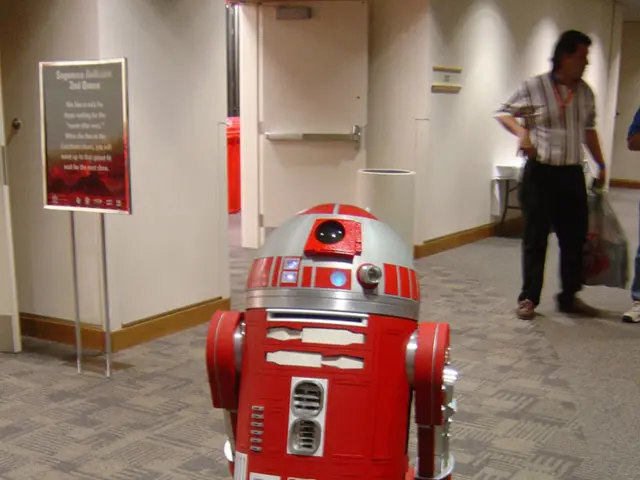Breakthrough in AI development at NYUAD offers promising advancements in predicting solar winds.
In a groundbreaking development, scientists at NYU Abu Dhabi have created an AI tool that provides early warnings for solar storms, offering a vital buffer for satellite operators, energy companies, and space agencies to take protective measures before a solar storm hits.
By combining advanced AI with solar observations, the new tool offers early warnings that help safeguard critical technology on Earth and in space. The AI's forecasting accuracy is 45% better than current operational models and 20% better than earlier AI-driven approaches, demonstrating how artificial intelligence can address one of space science's most persistent challenges: forecasting solar winds.
The AI developed by NYUAD can detect subtle visual cues in solar images to forecast changes in solar wind patterns. The AI models, unique in their ability to directly learn from physical laws encoded in the data, enable accurate forecasting of solar activity and solar wind performance over four days.
Strong solar winds colliding with Earth's magnetosphere can push satellites out of orbit, damage spacecraft electronics, disrupt GPS, communication, and navigation systems, and interfere with terrestrial power grids, leading to blackouts. Improved solar wind predictions will better position humanity to navigate the risks of space weather and ensure the resilience of essential infrastructure in a more space-reliant world.
Dr. Ramesh Dhuri, a lead researcher on the project, stated that this AI development is a significant step forward in protecting satellites, navigation systems, and power infrastructure that modern life depends on. The breakthrough demonstrates how artificial intelligence can play a crucial role in addressing the challenges of space science and ensuring the safety and stability of our technological backbone.
Read also:
- Electric-powered vessels take to the waters of Maine
- Fragrance imports from Kaş might have been among Europe's earliest bottles discovered.
- Tech mogul Erik Bergman, founder of Great.com, contributes a million dollars to clean water initiatives in Africa.
- Transformed landscape governing intelligent electrical systems








